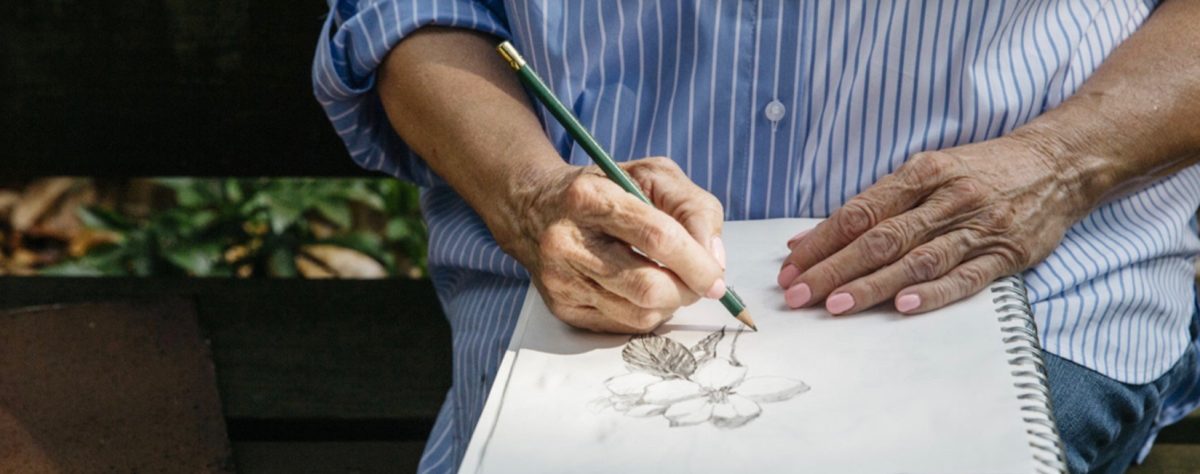“A black cat crossing your path signifies that the cat is going somewhere.” Groucho Marx
Artists are divided on the use of black in painting. Many artists prefer to mix black from complementary colors believing this mix to have more depth than actual black from a tube. Some artists use no black at all. Rembrandt used black heavily in all of his paintings. Impressionists used very little. The most common and widely used black is Ivory Black. Ivory Black, in some form, has been available to artists for centuries.
The other name for Ivory Black is Bone Black. Rembrandt referred to the black he used as Bone Black. Both blacks are one and the same. This black can also be known in some places as Char Black or Bone Char. The obvious reason for the name of this black is the source. It was originally made from burning animal bones to charcoal using the powder residual as pigment. Early versions were made from the charcoal of ivory, thus the name Ivory Black. Ivory Black has not been made from burning ivory since the nineteenth century. The original Ivory Black was almost as expensive as the Ultramarine Blue made from Lapis Lazuli.
Gamblin’s website reports “Ivory Black is a good, all-purpose black,” but cautions that its use in a painting may cause the painting to look grey. Gamblin also says Ivory Black has good transparency and mild tinting strength. According to other sources, the use of black will create flatness in a painting. Ivory Black or any black may not be a good choice where more fullness is wanted in a painting.
To use or not use black in a palette is a personal choice for artists. The idea of painting anything out of animal bones may be a bit trying on the nerves. All current sources for Ivory Black say animals used for Ivory Black have died of natural causes. Maybe that helps! Still for those wishing to use black without the burned bone thing may prefer to mix their own blacks. Some say Pthalo green and Alizarin Crimson make a nice black. As do Viridian and Alizarin. And these mixes have a greater depth without the flatness of plain black.
Basic black comes in many forms. For depth, use the mixes. For flat black, go with Ivory Black from the tube. The choice depends on the artist. But it is still basically better to stay out of the path of the black cat unless wishing to press your luck.
More Rembrandt, (because you can never have too much!):
note: painting image is a licensed free use image



I find his close shots of men’s faces quite astoundingly contemporary. I mean … they look like people I’ve seen in the street …
They do, don’t they! They’re timeless!
His use of light is so amazing.
Nobody has ever seemed to match it.
I love black and I guess all the famous painters have used it… it’s been my favourite color for decades:“Elegance is always black.”(Françoise Giroud)
http://myvirtualplayground.wordpress.com/2013/08/24/lelegance-est-toujours-noire-elegance-is-always-black-francoise-giroud/
Yes, black is always elegant! Thanks!
Personally, I like black. But I’m not a painter.
I like to wear it but I don’t paint with it. I don’t think I even have a tube of it. But looking at what Rembrandt did with black makes me want to paint with it.
It is rather nice looking.